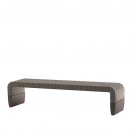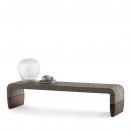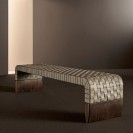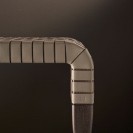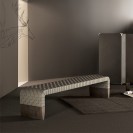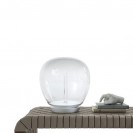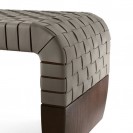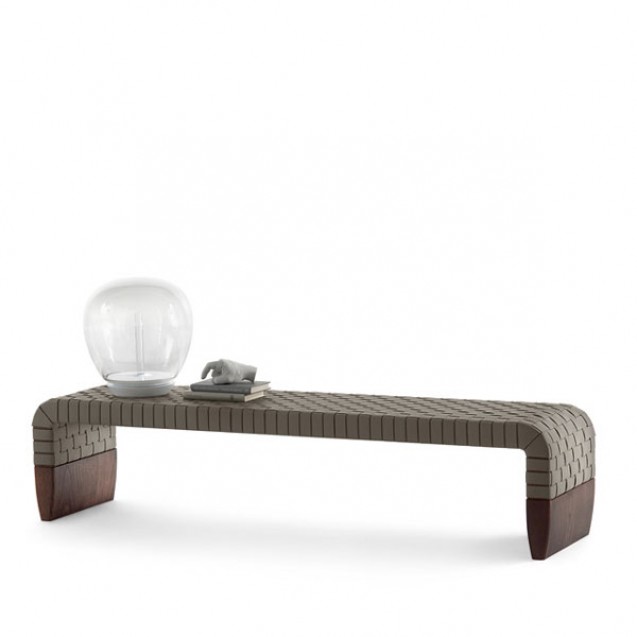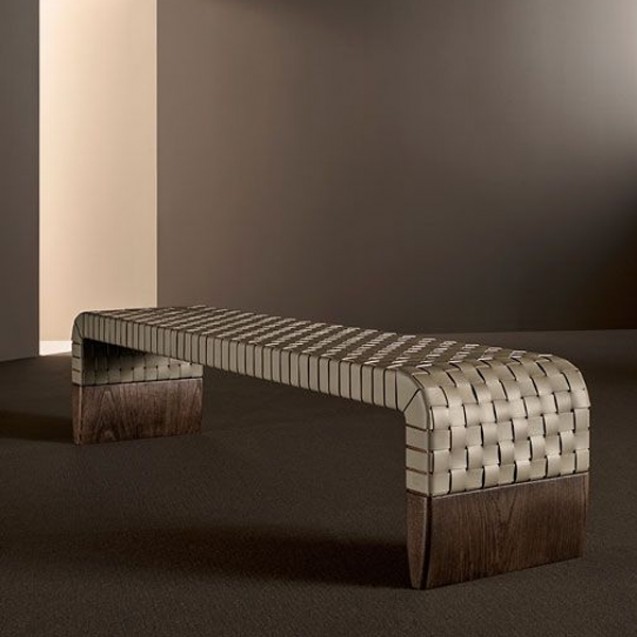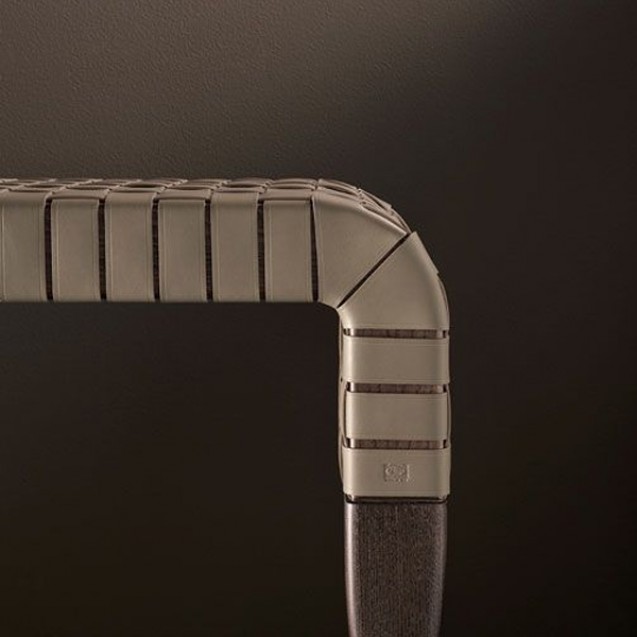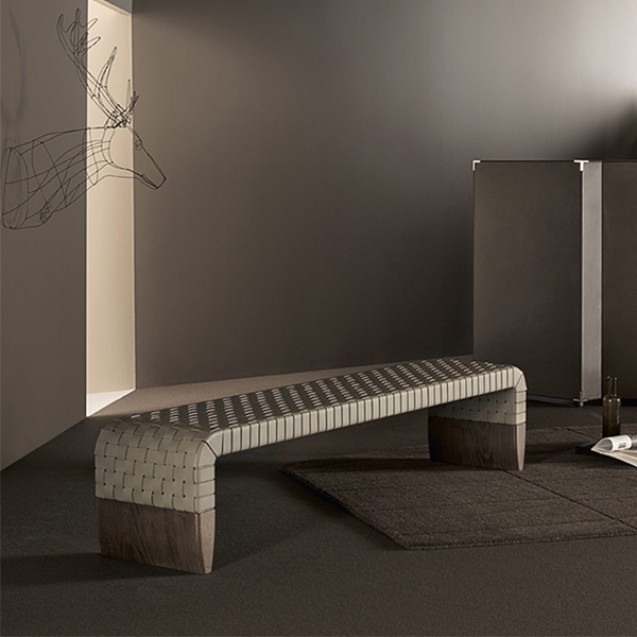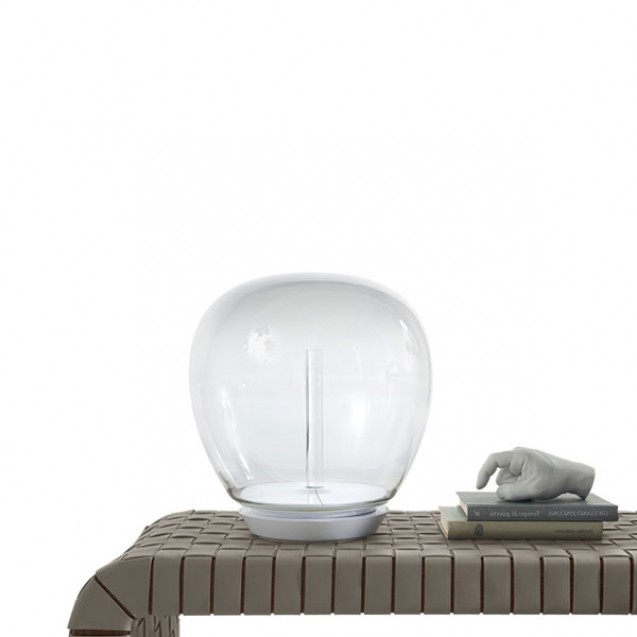Brera
Poltrona Frau reissues one of the most interesting and versatile pieces in the incredibly rich portfolio of Guglielmo Ulrich - the Brera bench. The simplicity of the design is fully consistent with the particular leather weave that adorns the seat. The wide 2 mm-thick straps, decorated right along their length with hand markings, create a motif that is both geometrical and tactile. The overall effect, linear and sophisticated, is extremely contemporary. The structure and the two legs, tapered and light, are made from solid ash with a moka or wenge finish. The padding is in constant-density polyurethane foam, covered with a sheet of foam coupled with black light velvet. The Brera bench is perfect in numerous different contexts, from the living room and the bedroom to public waiting rooms.
| About Designer | |
|---|---|
Guglielmo Ulrich 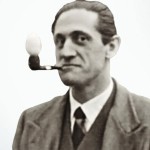 |
Guglielmo
Ulrich was born in Milan in 1904, the son of Albert and Luisa Battaglia. Of a
noble family of Danish origin, he attended the Brera Accademy, and after a
two-years cour¬se, he graduated in architecture at Milan Polytechnic. In 1930
he founded the Arca (Arredamento Casa/House-furnishing) company with Scaglia
and Wild, of which he was the designer, presenting objects realized with
grea¬test care and craftmanship skill, using precious and exotic materials
(until 1935). He designed furnishings
for Scaglia until 1945, realized by Jannace and Kovacs. In the 50's he
participated in various “Triennali“, he furnished shops and offices in various
Italian towns and designed buildings. He participated in various competi¬tions,
amongst which those relating to “naval furnishings“ In the 60's saw Ulrich's
progression with cautious interest towards the industrial world. In 1961 he was
awarded first prize in the competition of the Trieste Fair for a chair produced
by Saffa. The leap in scale from the object to architecture did not involve any
parti¬cular methodological adaptations. In both cases Ulrich's passion to do it
well and to do it beautifully did not permit a diversity of attitude, the aim
always being to achieve the best pos¬sible result. He died in 1977.
|




